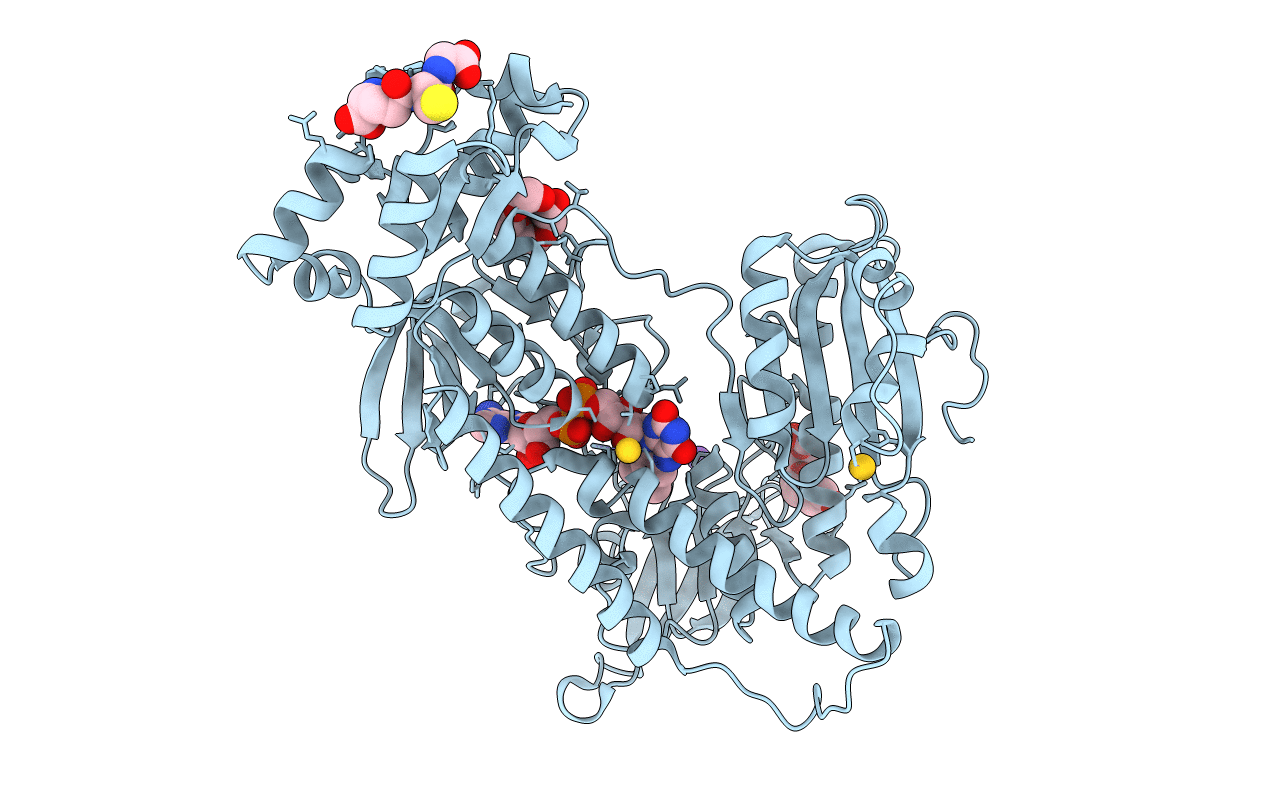
Deposition Date
2009-04-20
Release Date
2009-08-25
Last Version Date
2023-11-01
Entry Detail
PDB ID:
3H4K
Keywords:
Title:
Crystal structure of the wild type Thioredoxin glutatione reductase from Schistosoma mansoni in complex with auranofin
Biological Source:
Source Organism:
Schistosoma mansoni (Taxon ID: 6183)
Host Organism:
Method Details:
Experimental Method:
Resolution:
2.55 Å
R-Value Free:
0.25
R-Value Work:
0.23
R-Value Observed:
0.23
Space Group:
C 1 2 1


